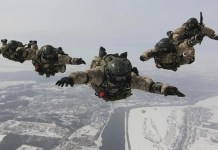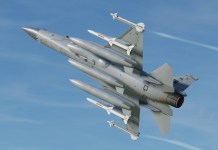The US seems to have fast-tracked its sixth-generation fighter jet program, also known as Next Generation Air Dominance (NGAD) in a bid to outpace the UK and France-led programs.
Stealthy & Nuclear-Capable – World’s First 5th-Gen Fighter Jet To Get Clearance For Nuclear Strike Role
China’s Electronic Warfare Aircraft J-16D Spotted Near Taiwan; Experts Say India Border Could Be Next
While the US has already flown a prototype of the NGAD, the UK is working on its sixth-generation aircraft Tempest, which once ready, will join the Royal Air Force, Swedish Air Force, and Italian Air Force.
France, Germany, and Spain are also working on a similar program, called Future Combat Air System (FCAS) that will eventually replace Eurofighter Typhoon, Gripen, and Rafale.
In the US, the F-35 Lightning II will continue to serve alongside the new aircraft well into the 2050s and beyond while the F-22 Raptor would be retired.
The 6th generation combat aircraft will have the following features and capabilities: it will be capable of performing manned, remote-controlled, or onboard artificial intelligence-controlled missions; enhanced human-system interface, with a virtual cockpit which allows pilot 360-degree vision with AI-enhanced battlefield awareness.
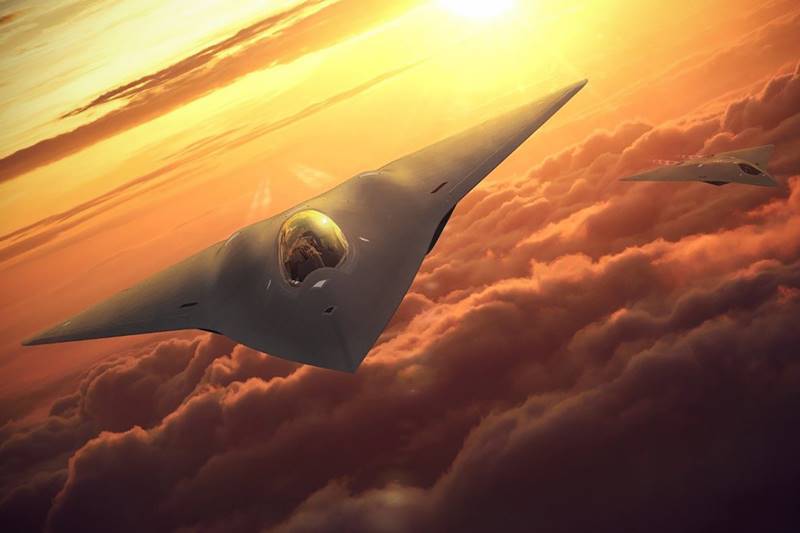
It would have advanced digital capabilities including data fusion, command, control and communications capabilities, high-capacity networking; variable-cycle engines; directed-energy weapons such as a laser; ability to control drone swarms and other unmanned aerial assets; carry new-generation air-to-ground and air-to-air munitions.
US Leads The Race
US leads the race as the NGAD system is expected to be fielded in the early 2030s followed by Tempest in 2035 and Franco-German-Spanish jet five years later.
NATO Wants Turkey To Dump Russian S-400 Defense System For French-Italian Aster Missiles
US Approves First Overseas Squadron Of F-35A Jets; F-35Bs Get Clearance To Operate From Japanese Carrier
However, US Air Force and Navy have fast-tracked the program and the American defense-aerospace industry would design, develop, produce and field a new aircraft in five years or less.
This is a capability, which the Europeans are clearly lacking and highlights the technological gap which exists between the US and Europe.
The first combat aircraft to be built is the NGAD system, the prototype of which flew in September 2020. The NGAD program entails rapidly engineering a small batch of aircraft by multiple companies akin to the Century Series of aircraft like the F-100, F-104, F-105 and F-106 of the 1950s.
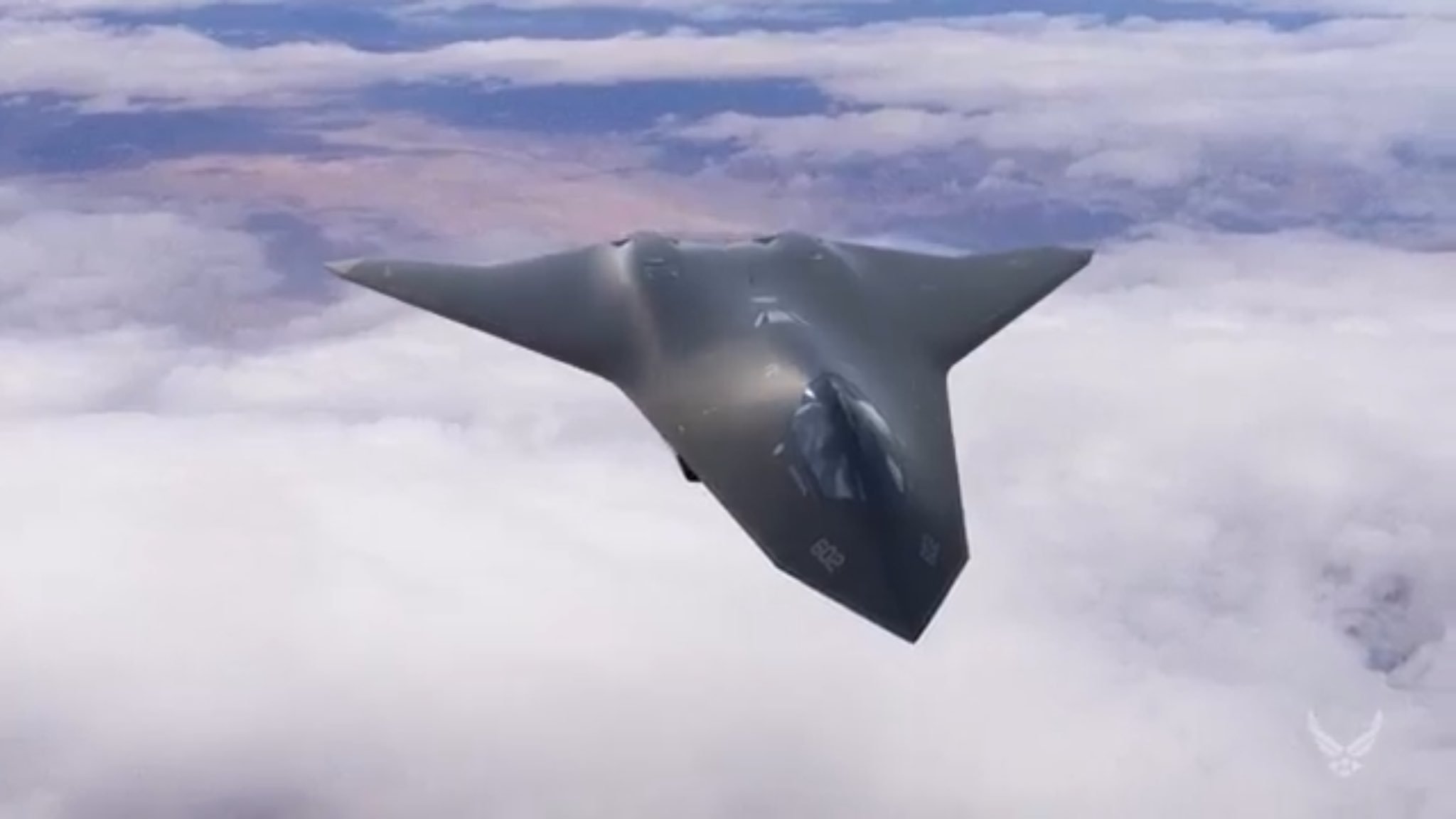
The aerospace industry has come a long way since then and it now possesses the capability of building an aircraft from scratch and putting it in the air in five years or less to counter evolving threats now and in the future.
A Family Of Integrated Systems
NGAD will be a ‘family of systems’, with the 6th generation combat aircraft at the center of a networked system likely to be paired with unmanned escort aircraft/missile trucks among others.
Chinese PLA Soldiers Raise Flag At Galwan Valley; Satellite Image Shows Rapid Development Of Crucial Airbase Near LOC
It is pertinent to note that USAF is likely to use prototyping to keep pace with key technologies and allow them to mature faster so that they can be included in advanced aircraft to be fielded in the early 2030s, according to Defence News.
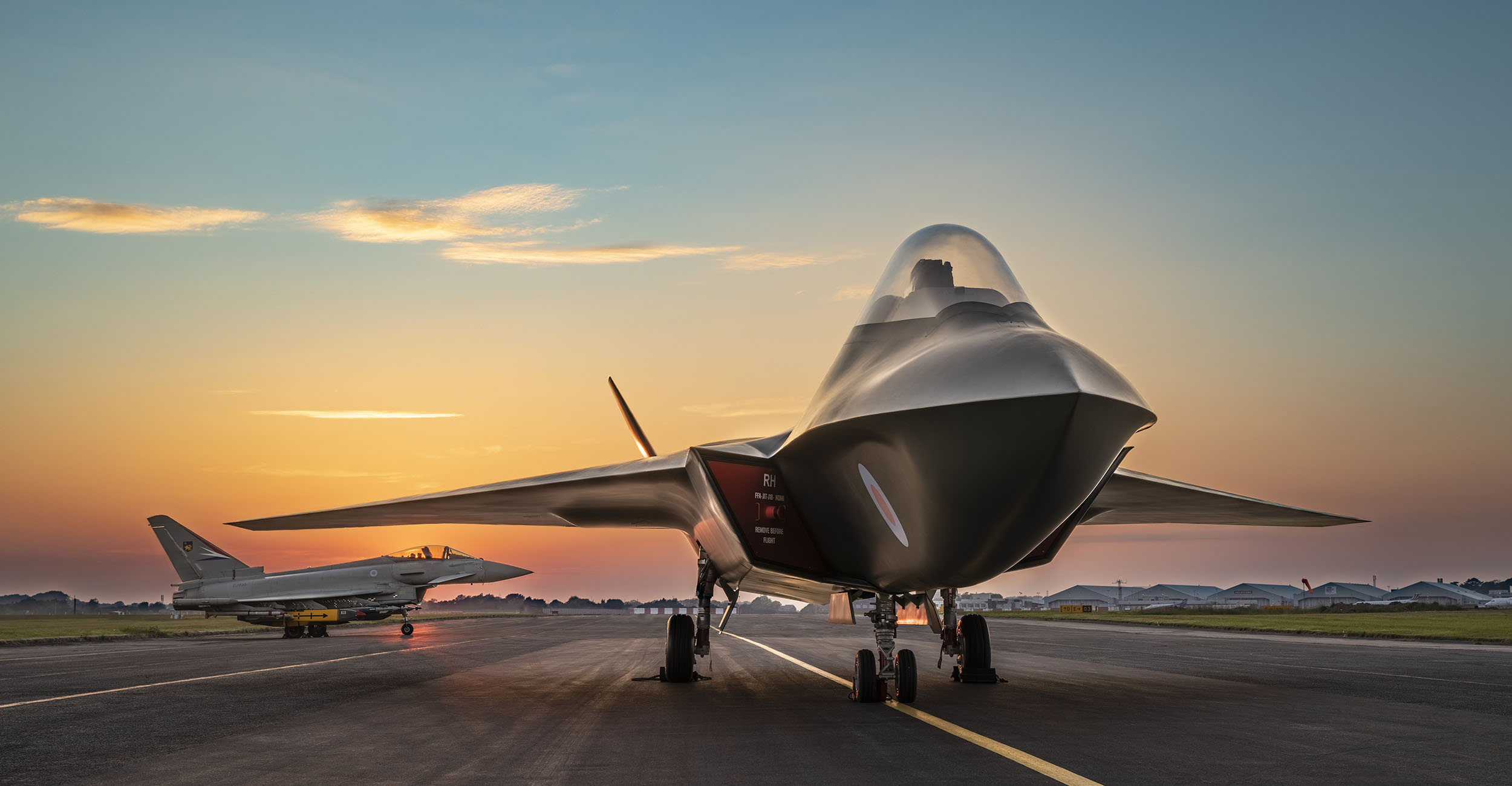
What differentiates this new approach from what has been done till now is USAF’s goal of building an aircraft in a period of two years integrating whatever new technology exists instead of waiting for the technology to mature.
The service will then buy these aircraft and start another round of competition among manufacturers to come up with more advanced designs and incorporate newer technology than previously possible.
Networked Combat Aircraft
This would give rise to a family of networked combat aircraft with the newer ones more integrated into the system than the previous ones and each group having its own set of capabilities.
China To Unleash Its New Super-Carrier With ‘Avant-Garde’ 5th-Gen Stealth Fighter Aircraft By Year-End
One aircraft might be optimized for carrying an airborne laser, while another would be the primary state-of-the-art sensors carrier in the group while the third would be an unmanned weapons carrier.

This kind of flexibility gives the USAF the capability to field an aircraft rapidly to face fast-evolving new threats. Such rapid development and deployment of a continuous stream of combat aircraft will certainly spook the US’ adversaries like China and Russia and put them on the backfoot.
Cutting-Edge Technology
Three technologies are critical to achieving this goal: agile software development, open architecture, and digital engineering.
Agile software development is the practice of quickly writing, testing, and releasing a code, and getting feedback while the users are putting the software through its paces.
NGAD will have an open architecture which would be fully open, interchangeable hardware giving a third party ability to develop software for the system.
China’s New BVR Missile Attached To J-20 Stealth Jets Promises To End US Air Dominance
The third technology is not only the most recent but also arguably as revolutionary as they come. Digital engineering will allow 3D-modelling of the entire life cycle of an aircraft in extreme detail right from design to production to upkeep with pinpoint accuracy and help in visualizing how the production line would work and how maintenance/repair will be carried out while in service.
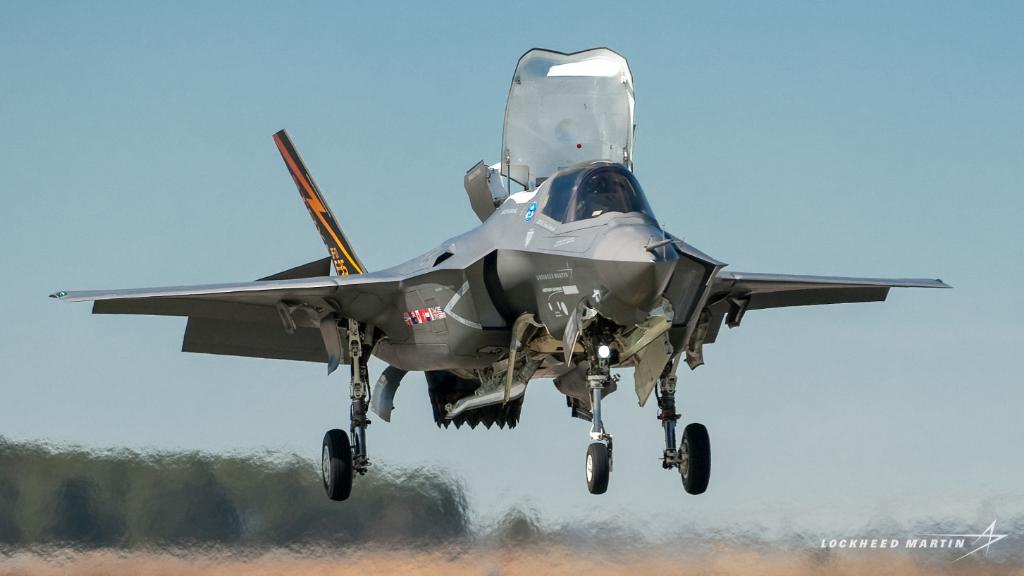
However, critics say the USAF is overreacting to the teething problems being faced by the F-35 – which was seen as a single solution to a myriad of roles. The fifth-generation aircraft was plagued by cost-escalation due to software and sensors and it took almost two decades to develop and field it.
According to some analysts, by embracing the NGAD, the US could prioritize development and fielding of the aircraft in a much shorter time at the cost of investments in new weapons, radars, sensors, or other enabling technology.
From Tanks To Aircraft, India Clears A Whopping $7.5B Worth Of Military Equipment Under ‘Make In India’ Initiative
In the F-35, the focus was on the systems rather than the aircraft but NGAD is the opposite, say detractors adding that the goal should be somewhere in the middle, a sensible compromise.
Not much is known about the progress Russia and China have made in the development of their 6th generation combat aircraft programs though speculation points to these being in the nascent stage which means domination of the air will remain with the US military for the foreseeable future.
- Ramandeep Singh Bajwa is a senior defense journalist who has worked in both online and print media. He keenly follows the defense domain and has a special interest in combat aircraft. He can be reached at: bajwa.rs@gmail.com
- Follow EurAsian Times on Google News

